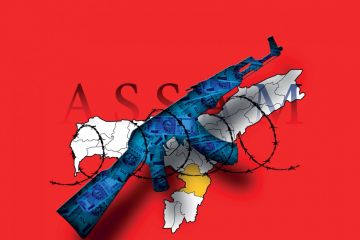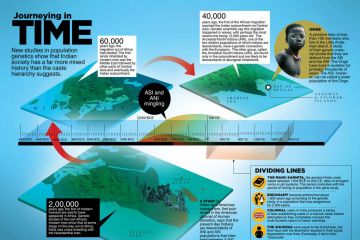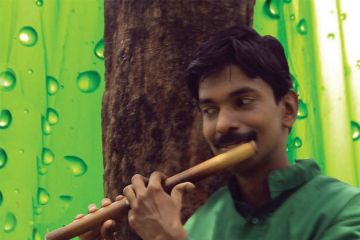
It was almost daybreak when Raghav Bhutani, 23, set out from
his house in Pathankot, a garrison town about 100 kilometres from the
India-Pakistan border for the railway station. The only stirrings on the road
were army trucks and a few checkpoints. In a town of camouflage, Bhutani stood
out in a pink and white floral shirt. On the platform, he looked as though he
had walked out of a Pinterest board on fashion.
Indeed Bhutani has lived most of his life online, his iPhone
more real than t





